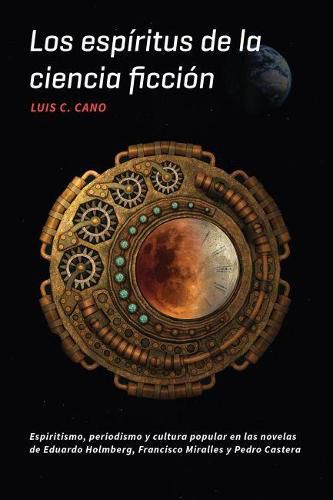Readings Newsletter
Become a Readings Member to make your shopping experience even easier.
Sign in or sign up for free!
You’re not far away from qualifying for FREE standard shipping within Australia
You’ve qualified for FREE standard shipping within Australia
The cart is loading…






This book examines the development of Latin American science fiction from the mid-nineteenth century until the early days of Modernsmo via an in-depth discussion of the first three novels published in Spanish America: Viaje maravilloso del senor Nic-Nac al planeta Marte by Argentinian writer Eduardo Ladislao Holmberg, Desde Jupiter by the Chilean Francisco Miralles, and Querens by Pedro Castera from Mexico. These three novels incorporate all the attributes that consistently appear in a science fiction work through a blend of Darwinism and Spiritism, the two most dominant and widely-debated scientific discourses of their time. Consistent with the social and political interests in the recently independent Latin American nations, the three writers address scientific, aesthetic, intellectual and personal beliefs through a combination of utopian optimism and dystopian pragmatism.
$9.00 standard shipping within Australia
FREE standard shipping within Australia for orders over $100.00
Express & International shipping calculated at checkout
This book examines the development of Latin American science fiction from the mid-nineteenth century until the early days of Modernsmo via an in-depth discussion of the first three novels published in Spanish America: Viaje maravilloso del senor Nic-Nac al planeta Marte by Argentinian writer Eduardo Ladislao Holmberg, Desde Jupiter by the Chilean Francisco Miralles, and Querens by Pedro Castera from Mexico. These three novels incorporate all the attributes that consistently appear in a science fiction work through a blend of Darwinism and Spiritism, the two most dominant and widely-debated scientific discourses of their time. Consistent with the social and political interests in the recently independent Latin American nations, the three writers address scientific, aesthetic, intellectual and personal beliefs through a combination of utopian optimism and dystopian pragmatism.